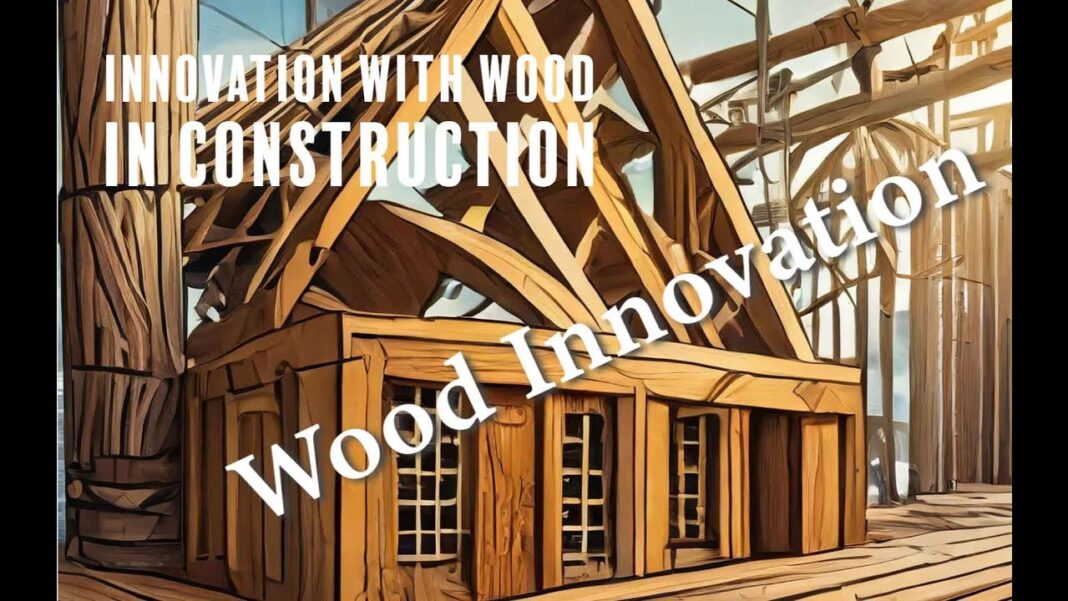A Journey Through Time: Wood’s Enduring Legacy in Construction
Wood, with its deep historical roots in human architecture, from ancient African structures to traditional Scandinavian churches, has been a beloved building material for its versatility and natural beauty. Despite being overshadowed by concrete and steel in recent centuries, wood’s journey is taking a revolutionary turn.
There is a natural beauty in wood, and in working with wood. Wood is also environmentally sustainable as a renewable resource.
Beyond Steel and Concrete: The Rise of Mass Timber
The construction landscape is witnessing a transformative shift with mass timber emerging as a viable alternative to steel and concrete. Championed by civil engineers like University of Utah’s Chris Pantelides, mass timber is proving to be not just a nod to the past but a beacon for the future. This innovative material combines the strength and durability needed for modern construction with significant environmental benefits.
Engineering Breakthroughs: Mass Timber’s Earthquake Resilience
Pantelides’s research is paving the way for mass timber to be used in earthquake-prone areas, challenging the dominance of traditional materials. Through the development of advanced timber technology such as the Timber Buckling Restrained Brace (T-BRB), mass timber buildings can now withstand seismic forces, offering a safer, more sustainable option for construction.
Eco-Friendly Construction: The Environmental Upside of Mass Timber
Mass timber stands out for its environmental credentials. It significantly reduces the carbon footprint of buildings by sequestering carbon dioxide, a stark contrast to the emissions-heavy production of steel and concrete. With sustainable forestry practices, the use of mass timber promotes a renewable, eco-conscious approach to construction, highlighting the material’s role in combating climate change.
Thunder Bay’s Role in the Timber Renaissance
Thunder Bay has the unique opportunity to be at the forefront of this construction revolution. The city’s rich forestry resources and commitment to sustainable development make it an ideal candidate for mass timber projects. By embracing this technology, Thunder Bay can lead in green building practices, contributing to a healthier planet while fostering economic growth in the forestry and construction sectors.
This push towards mass timber is more than just a return to wood; it’s a forward-looking approach that integrates tradition with innovation. As the global community seeks sustainable solutions, Thunder Bay’s embrace of mass timber positions it as a leader in the movement towards eco-friendly construction.






